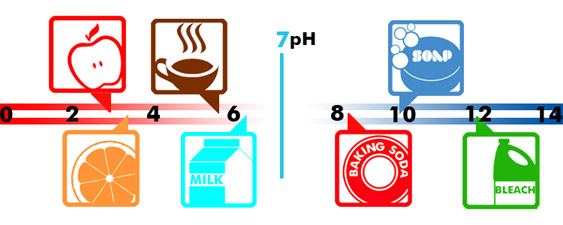The Economist from March 29, 2012
http://www.economist.com/node/21551514
Photo Summary: This photo is a diagram of a typical water desalination plant. Hundreds of millions of gallons of water are drawn in each day and get transformed into claen drinking water.
Summary: Water desalination is a process in which salty ocean water is used to make clean drinking water. On the west coast this process is now being used to reduce the amount of imported water they use. One plant in California called, Poseidon Resources, is the second largest plant of its kind in America. The plant draws in about 104 million gallons of water for cleaning. At the end, the plant is able to produce 50 million gallons of pure water from the original 104 million gallons. Once the plant is fully running in 2015, it is projected to produce 10 percent of the region's pure water. This process also takes away from the amount of water that has to be taken from fresh water sources such as the Colorado River. However, there is som controversy surrounding the topic. Environmentalists argue that the new plants use way too much energy, and the process is killing marine life. They say that there is a time for desalination, but is not now.
Opinion: I believe that the plants are a great idea. Since 97 percent of earth's water is salt water, this will allow us to have much more clean drinking water. However, I do believe that the amount of water and energy they are using is unacceptable. We do not have a major shortage of water in America by any means, so there is no need for this. These plants should be put on the coasts of Africa in order to get fresh water to a place that is in great need of it.
Questions:
1) Explain some pros and cons of desalination.
2) What is your opinion on water desalination? Why?
3)Do you think this process will be relied on heavily in the future? Why or why not?


